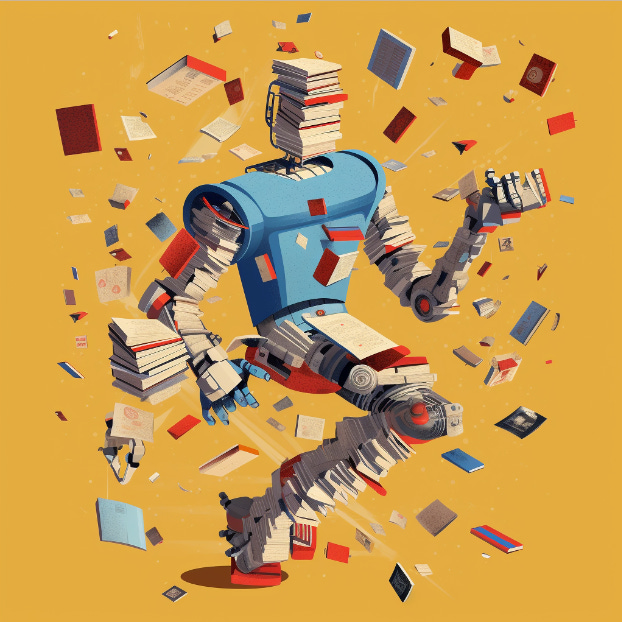The Next Teacher Strike Will Be Different
This piece originally appeared in the May 27 edition of the New York Post.
The curtain has fallen on the Oakland teacher’s strike, which, in its 11-day run, deprived students of critical learning time while reshaping the playbook for teachers’ rights and compensation. The inevitable compromise, announced last week, heralded a retroactive salary increase of 10% and trimmed class sizes. Yet, as I sift through the settlement’s fine print, what’s most notable about this battle is what the teachers didn’t ask for: anything related to artificial intelligence (AI).
Now, contrast this with a simultaneous drama unfolding 370 miles to the south, where the Writers Guild of America (WGA) stands firm against the tidal wave of AI, demanding, among other things, that Hollywood mustn't employ these programmed poets in crafting their on-screen tales. The writers understand that this is likely their last chance to contain an existential threat to their profession. If I were on their negotiating team, I’d make this my number one priority because higher salaries only matter if studios employ actual humans to do the writing.
The stark difference in approach between the writers and the teachers makes you wonder why the latter haven’t been as expeditious in facing the AI threat as the former. Consider the impact of the most widely used digital learning platform in the world: Khan Academy. This site has been the 800-pound gorilla in education technology circles, having already garnered over 7.8 million Youtube subscribers and billions of views. Founded in 2008, Khan has built most of its content on pre-AI technology, but the site’s founder Sal Khan floored a Ted audience in April when he rolled out a new AI tool named Khanmigo. The program allows students to engage in an intellectual dance in which the machine tailors individual experiences and even conducts literary discourse as fabricated characters reminiscent of Hamlet or Jay Gatsby.
Khanmigo serves as a veritable gateway for students to dive freely into subjects ranging from mathematics and computer programming to history and writing, all under the vigilant assistance of AI. This tool, currently in beta but poised to spread its wings come fall, deciphers complex concepts into digestible nuggets while offering advice to those who find the subject matter challenging. And Khanmigo takes a step beyond the academic, extending personalized messages of encouragement to keep students engaged.
This is the state of one program mere months after the public launch of ChatGPT. Just imagine what this could mean five years from now. The AI education market is poised to grow from a $4 billion industry in 2022 to over $20 billion by 2032, according to Global Market Insights.
While the utility of such tools is undeniable in their ability to personalize learning and streamline lesson planning, we must dispel any illusion that these mechanical mentors will not eventually supplant flesh-and-blood educators. Every question Khanmigo poses to a student is one less for a teacher to ask. Every lesson plan it conjures up is one less for an educator to create. And every lecture it delivers negates the need for one imparted by a teacher.
And what happens when we add Education Savings Accounts (ESAs) to the mix? In a growing number of states, parents will soon be able to pull their kids from the public school system and use public dollars, ESAs, with very few restrictions. Many states allow the funds to be used for home schooling and hybrid instructional models resembling pandemic learning pods. I could see many taking advantage of free or low-cost platforms like Khan, which through AI and other advances, could provide an equivalent or perhaps superior instructional experience to their kids. Parents can then use the money they’ve saved for personalized enrichment programs, coaching, and equipment. If enough parents do that, districts will be forced to cut back, potentially hiring fewer teachers.
It is not a question of if, but when the next teacher's strike will unfurl its banner with a demand that is as predictable as it is urgent: the restraint of AI in the classroom. Yet, this is a race against the relentless march of time and technology; indeed many school districts have already incorporated AI teaching into their official learning processes. As parents, teachers, and students become increasingly accustomed to the convenience and efficiency of AI tools, it may be too late for the unions to win this battle against their silicon substitutes. But that won’t stop them from trying.






